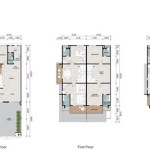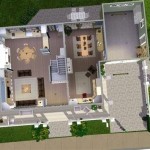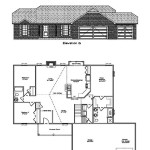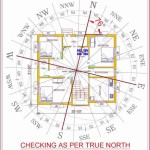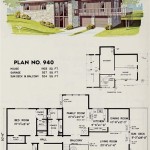Green House Floor Plan: A Comprehensive Guide to Designing an Eco-Friendly Home
A green house floor plan is a thoughtfully designed layout that prioritizes sustainability, energy efficiency, and environmental impact. From the orientation of the building to the selection of materials, every aspect of a green house is meticulously planned to minimize its carbon footprint and maximize its positive impact on the environment. ### 1. Site Orientation and Placement The placement and orientation of the house on the lot play a vital role in its overall energy efficiency. Ideally, the house should be positioned to take advantage of natural light and prevailing winds. This can help reduce the need for artificial lighting and heating or cooling systems. ### 2. Passive Solar Design Passive solar design utilizes the sun's energy to heat and cool the house naturally. This can be achieved through strategic placement of windows, overhangs, and thermal mass elements. In colder climates, south-facing windows are ideal for capturing solar heat, while in warmer climates, windows should be placed to minimize solar heat gain. ### 3. Energy-Efficient Building Envelope The building envelope refers to the outermost layer of the house, which includes the walls, roof, and foundation. A well-insulated building envelope helps reduce heat loss and gain, leading to lower energy consumption. Green house floor plans typically incorporate high-performance insulation, energy-efficient windows, and airtight construction techniques to minimize energy waste. ### 4. Renewable Energy Systems Green houses often incorporate renewable energy systems, such as solar panels or wind turbines, to generate their own electricity. These systems can significantly reduce or even eliminate the need for grid-supplied electricity, leading to substantial cost savings and a reduced carbon footprint. ### 5. Water Conservation and Efficiency Conserving water is another key aspect of green house design. Low-flow fixtures, water-efficient appliances, and rainwater harvesting systems can all help reduce water consumption. Additionally, landscaping should be designed to minimize water usage, such as using native plants that are adapted to the local climate. ### 6. Sustainable Materials and Construction Methods Green house floor plans prioritize the use of sustainable and recycled materials, such as bamboo, cork, and reclaimed wood. These materials have a lower environmental impact than traditional materials and can contribute to a healthier indoor environment. Additionally, green construction methods, such as prefabrication and modular construction, can reduce waste and improve energy efficiency. ### 7. Indoor Environmental Quality Green house floor plans also focus on improving indoor environmental quality. This includes incorporating natural ventilation systems, using low-VOC (volatile organic compound) paints and finishes, and installing air purification systems to ensure a healthy and comfortable living environment. A green house floor plan is not just about reducing energy consumption and environmental impact; it's about creating a healthier, more comfortable, and more sustainable living space. By incorporating these principles into the design process, architects and homeowners can create homes that are in harmony with the natural environment and promote a sustainable lifestyle.
Floor Plan Of The Greenhouse Scientific Diagram

Floor Plan Greenhouse Home Deco Plans House 96539 Small

Pin By Heba Imad On Greenhouse Gambar

Floor Plan Of Experimental Greenhouse With Location Chambers Scientific Diagram

Facility Details Biological Sciences Greenhouse

How To Design And Build Your Greenhouse Plans

The White Garden 2024 Review Greenhouse Border Herbidacious

Cross Section And Floor Plan Of The Closed Greenhouse System Set Up Scientific Diagram

Greenhouse

Ceres Schematic Design Bringing Your Commercial Greenhouse Facility From Idea To Reality Cans

